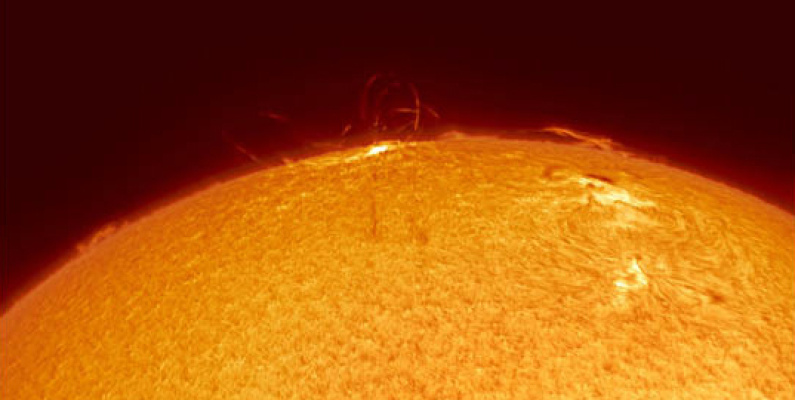
In the late 18th century it was believed that there was a Terra Australis Incognita, or “unknown southern land” that balanced out the landmass in the Northern Hemisphere. In 1768, Captain James Cook sailed into the South Pacific Ocean under the guise of observing the transit of Venus across the Sun from New Zealand. However, he was also on a secret assignment from the King to find this fabled southern continent and claim it for England before another European country could do the same. Of course, this Terra Australis Incognita did not exist, as the Southern Hemisphere holds only 32% of earth’s landmass, but they didn’t know that at the time.
After watching the transit of Venus in Tahiti in June of 1769, Cook continued on towards New Zealand, and, after four months on the ocean, a cabin boy named Nicholas Young spotted land.
This voyage marked only the second visit to Aotearoa by Europeans, but unfortunately, it proved to be just as deadly as the first (made by Abel Tasman in 1642). During Cook’s first encounter in Tūranganui-a-Kiwa (Poverty Bay), several Māori, including leaders Te Maro and Te Rakau, lost their lives at the hands of the European voyagers. Cook’s crew then sailed off, later docking in Te Whanganui o Hei (Mercury Bay).

Image: "Approaching Mercury" By Riding with Robots. CC BY-SA
This stop in Te Whanganui o Hei is where our project Te Mahutatanga o Takero begins 250 years later. Mercury also transited the sun in 1769 and Cook, along with astronomer Charles Green, observed it from what is now known as Cook’s Beach. When Cook had come from Tahiti he brought along Tupaia, a star navigation expert who was hugely knowledgeable about Pacific geography, to help him and his crew steer a course to New Zealand. However, this collaboration and sharing of knowledge did not extend to Cook’s astronomical observations - neither he nor Green consulted the Māori at all despite their extensive knowledge of the southern sky.
Now, in 2019, sharing and blending ideas and cultural knowledge is much more commonplace than it was during Cook’s first voyage. The intent of this project is to be part of this progression.
Mercury will transit the sun again in 2269; who knows what changes Aotearoa will have been through by then?
Top Image: Coronal loops on the Sun. By Paul Stewart. CC CC0 1.0
